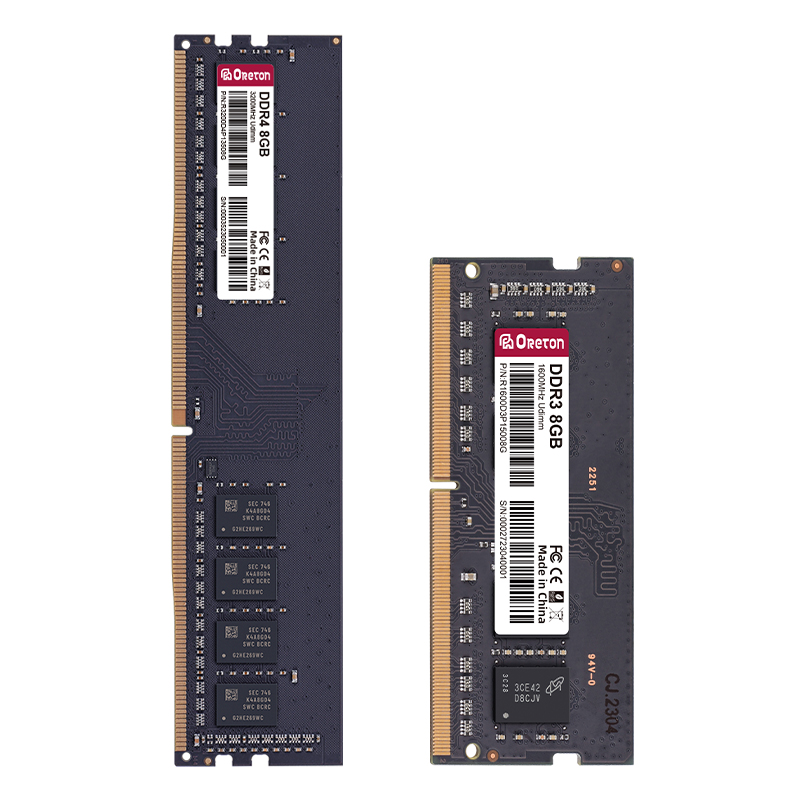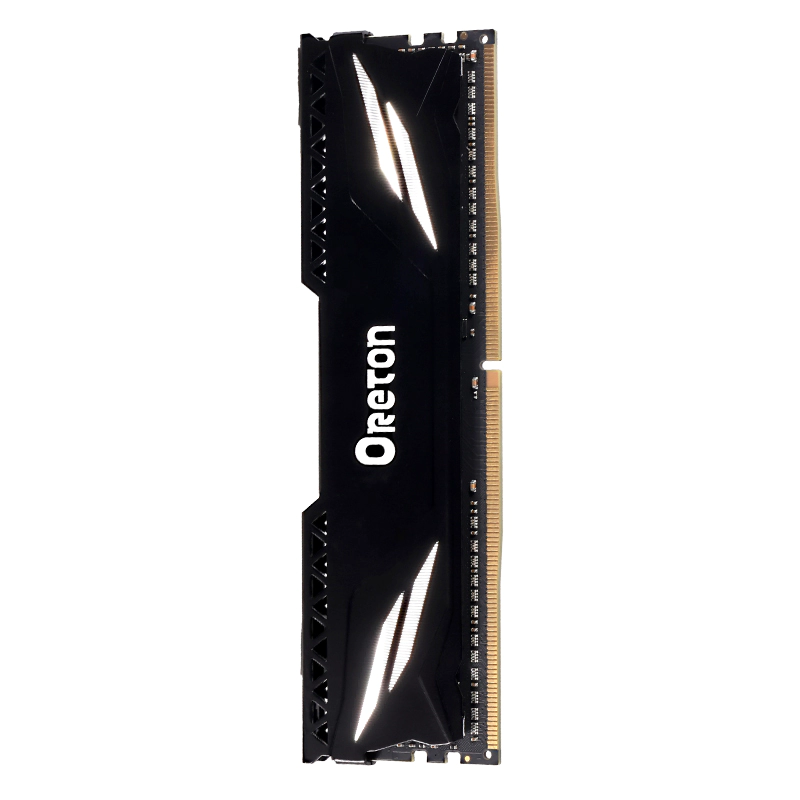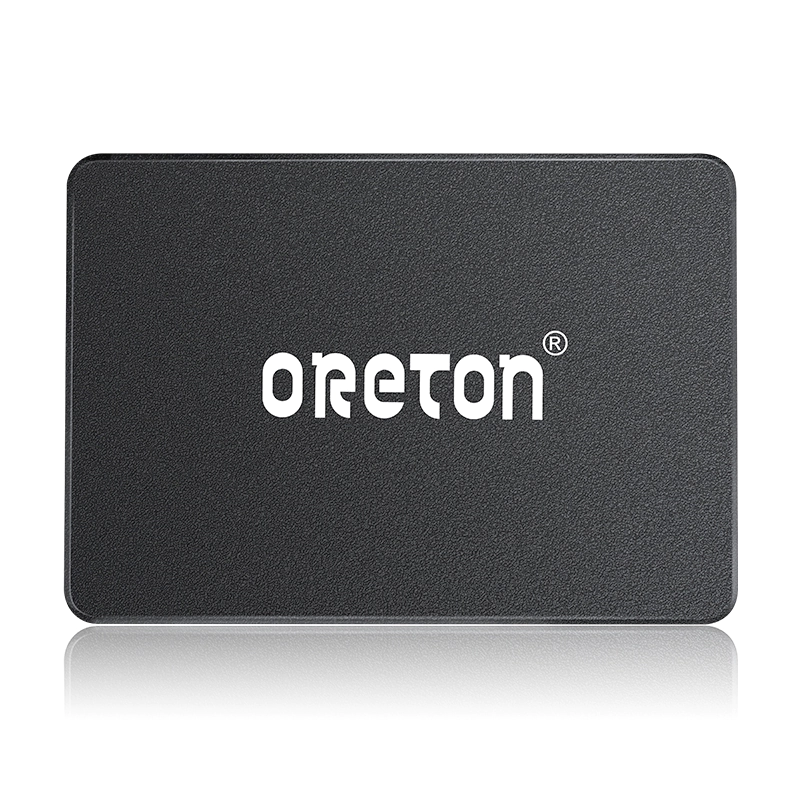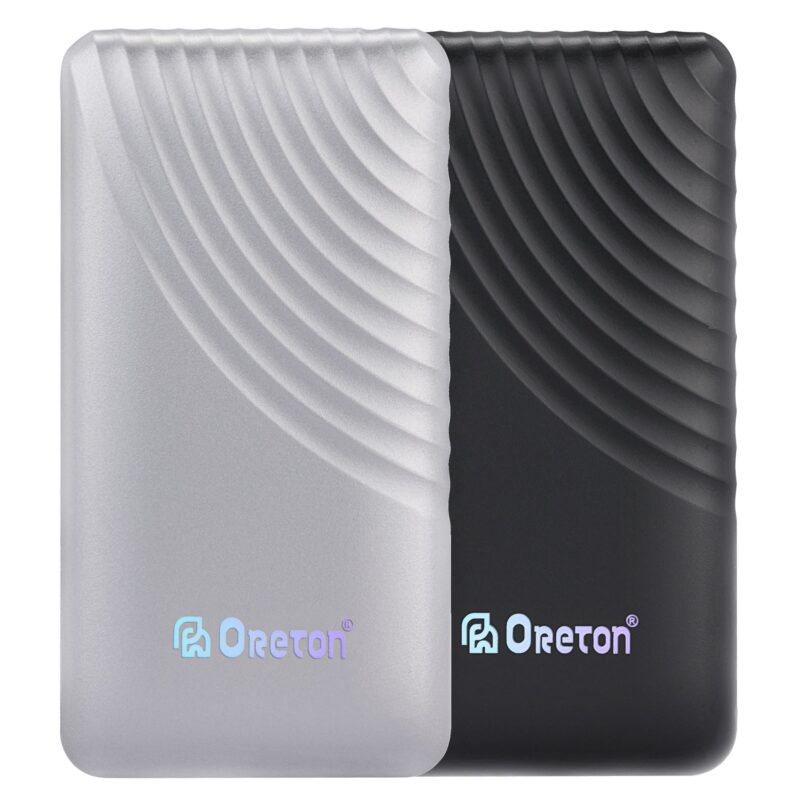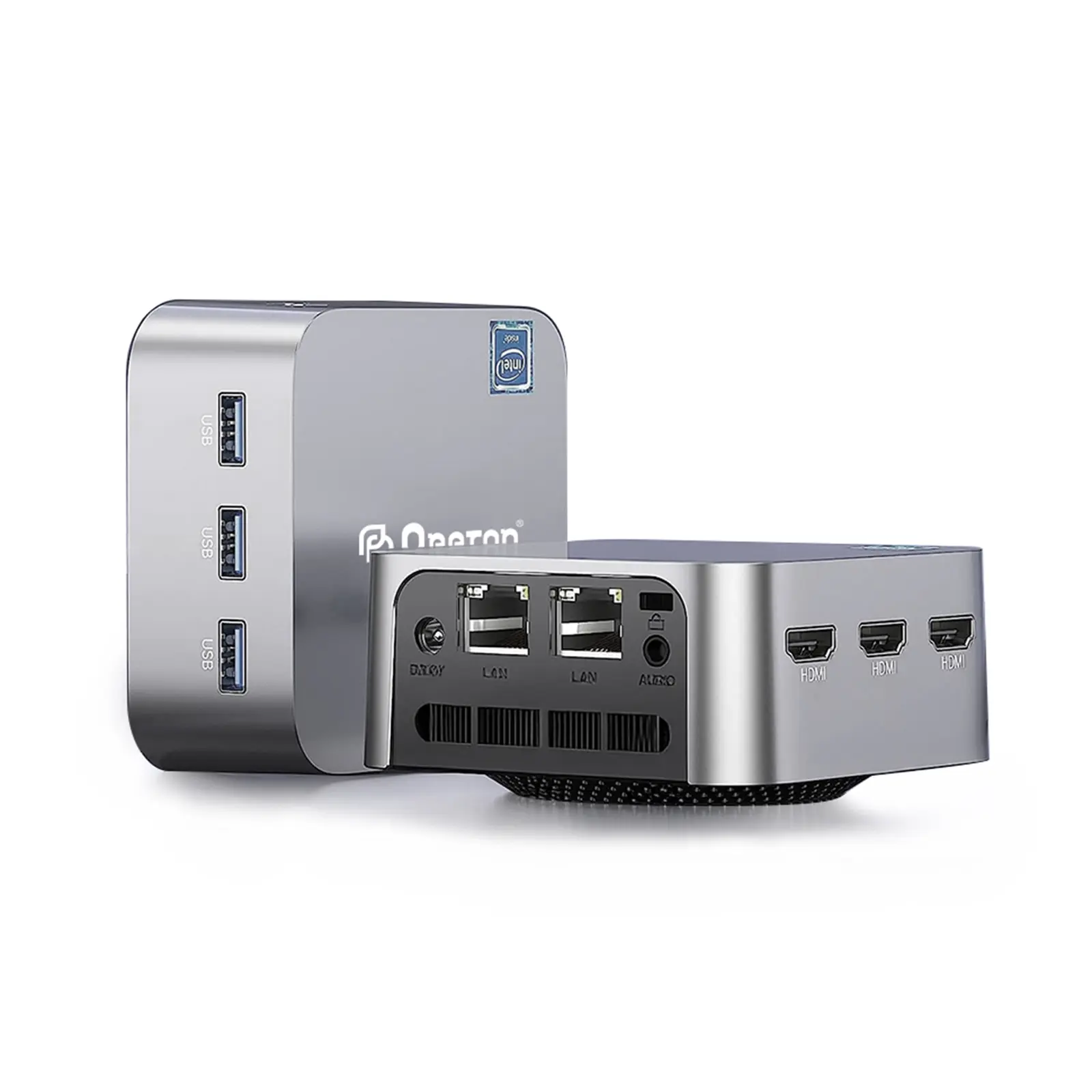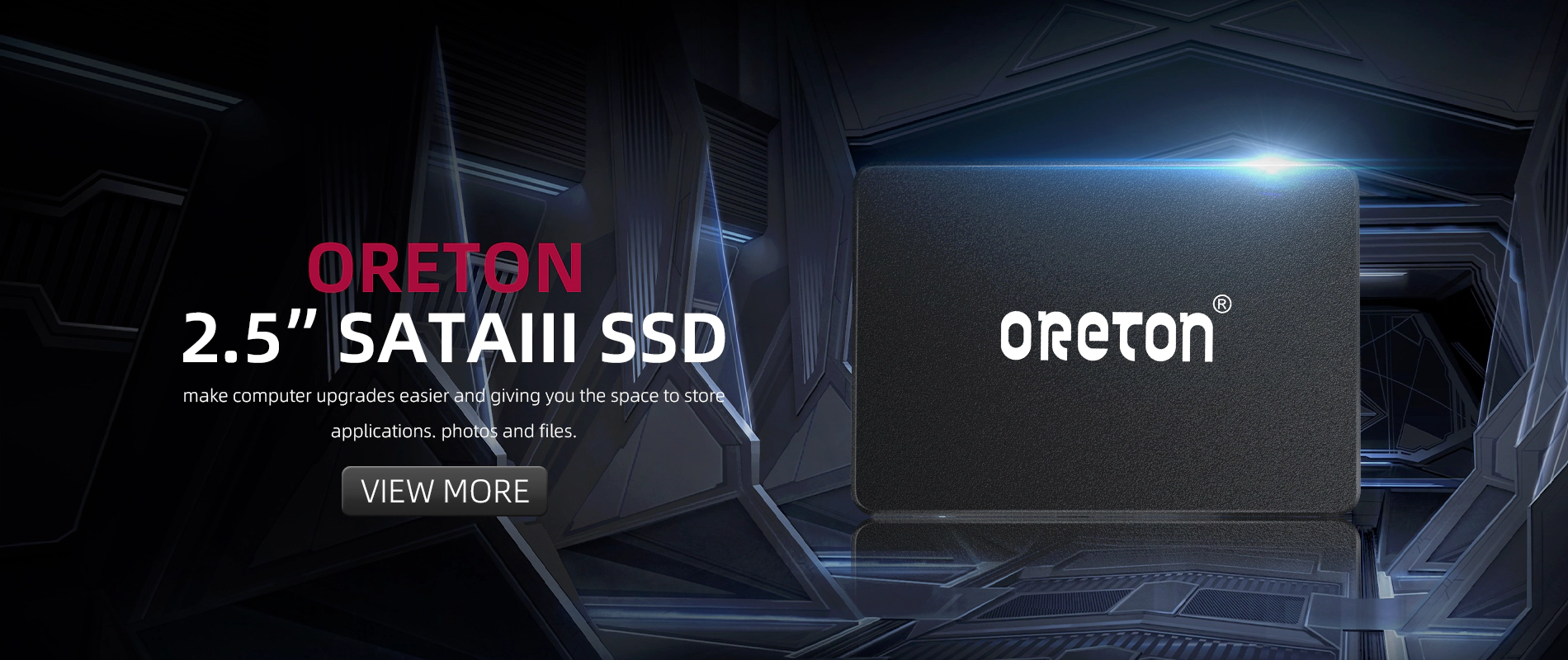In the ever-evolving landscape of computer storage, Solid State Drives (SSDs) have emerged as the driving force behind blazing-fast data access and unparalleled system performance. As a leading manufacturer in the SSD industry, we believe it’s imperative to shed light on the intricate workings of SSD technology, its key features, and strategies for optimizing performance. In this comprehensive guide, we delve deep into the world of SSDs to provide you with a thorough understanding and empower you to harness the full potential of these revolutionary storage solutions.
Solid State Drives, often referred to as SSDs, represent a monumental leap forward in storage technology compared to traditional Hard Disk Drives (HDDs). Unlike HDDs, which rely on spinning magnetic disks and mechanical read/write heads, SSDs utilize NAND flash memory to store data. This fundamental difference results in several key advantages that have propelled SSDs to the forefront of storage innovation.
1. NAND Flash Memory Technology
At the core of every SSD lies NAND flash memory, a non-volatile storage medium that retains data even when the power is turned off. NAND flash memory is organized into cells, with each cell capable of storing multiple bits of data. The three main types of NAND flash memory are Single-Level Cell (SLC), Multi-Level Cell (MLC), and Triple-Level Cell (TLC), each offering varying levels of performance, endurance, and cost-effectiveness.
2. Controller Technology
The controller serves as the brain of the SSD, managing data storage, retrieval, and error correction processes. High-quality controllers, equipped with advanced algorithms and error-correction mechanisms, play a crucial role in ensuring optimal SSD performance, reliability, and longevity.
3. DRAM Cache
Many SSDs feature a Dynamic Random Access Memory (DRAM) cache, which acts as a temporary buffer for storing frequently accessed data. The DRAM cache enhances SSD performance by reducing latency and improving read and write speeds, particularly for random I/O operations.
4. Form Factors and Interfaces
SSDs are available in a variety of form factors, including 2.5-inch SATA, M.2, and PCIe cards, making them compatible with a wide range of computing devices, from desktops to ultrabooks. The choice of interface, such as SATA, NVMe (Non-Volatile Memory Express), or PCIe (Peripheral Component Interconnect Express), significantly impacts SSD performance, with NVMe and PCIe interfaces offering superior speed and scalability compared to traditional SATA.

